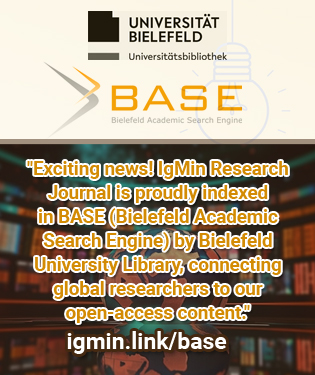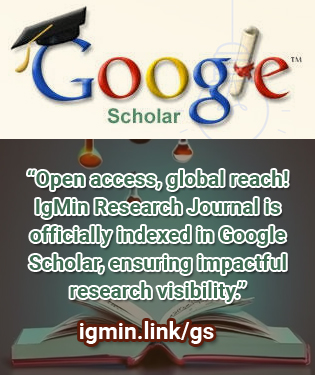Open Access Policy refers to a set of principles and guidelines aimed at providing unrestricted access to scholarly research and literature. It promotes the free availability and unrestricted use of research outputs, enabling researchers, students, and the general public to access, read, download, and distribute scholarly articles without financial or legal barriers. In this response, I will provide you with an overview of the history and latest resolutions related to Open Access Policy.
について
Cybersecurity has emerged as a critical discipline within engineering and general sciences, fundamentally shaping how we design, implement, and manage technology in an interconnected world. The proliferation of digital devices and the Internet of Things (IoT) has expanded the attack surface for malicious actors, making the protection of data and systems more complex and imperative than ever. Advances in artificial intelligence and machine learning offer both new tools for defense and new vectors for attack, necessitating a robust, interdisciplinary approach to cybersecurity research and application.
In the biomedical field, cybersecurity is vital for safeguarding sensitive patient data and ensuring the integrity of medical devices and healthcare systems. As telemedicine and electronic health records become standard, protecting against cyber threats is essential to maintain patient trust and safety. "IgMin Research - A Biomed & Engineering Open Access Journal" seeks to foster innovation and collaboration in this arena, encouraging the exploration of novel security frameworks, encryption methods, and protocols that can withstand evolving cyber challenges while supporting technological advancement in medicine and engineering.
編集者
Engineering Group (6)
Open Access Policy refers to a set of principles and guidelines aimed at providing unrestricted access to scholarly research and literature. It promotes the free availability and unrestricted use of research outputs, enabling researchers, students, and the general public to access, read, download, and distribute scholarly articles without financial or legal barriers. In this response, I will provide you with an overview of the history and latest resolutions related to Open Access Policy.
Open Access Policy refers to a set of principles and guidelines aimed at providing unrestricted access to scholarly research and literature. It promotes the free availability and unrestricted use of research outputs, enabling researchers, students, and the general public to access, read, download, and distribute scholarly articles without financial or legal barriers. In this response, I will provide you with an overview of the history and latest resolutions related to Open Access Policy.
Open Access Policy refers to a set of principles and guidelines aimed at providing unrestricted access to scholarly research and literature. It promotes the free availability and unrestricted use of research outputs, enabling researchers, students, and the general public to access, read, download, and distribute scholarly articles without financial or legal barriers. In this response, I will provide you with an overview of the history and latest resolutions related to Open Access Policy.
Open Access Policy refers to a set of principles and guidelines aimed at providing unrestricted access to scholarly research and literature. It promotes the free availability and unrestricted use of research outputs, enabling researchers, students, and the general public to access, read, download, and distribute scholarly articles without financial or legal barriers. In this response, I will provide you with an overview of the history and latest resolutions related to Open Access Policy.
Open Access Policy refers to a set of principles and guidelines aimed at providing unrestricted access to scholarly research and literature. It promotes the free availability and unrestricted use of research outputs, enabling researchers, students, and the general public to access, read, download, and distribute scholarly articles without financial or legal barriers. In this response, I will provide you with an overview of the history and latest resolutions related to Open Access Policy.

IgMin 科目を探索する
現在トレンドになっている記事はどれですか?
研究論文
- Analytical Expressions of the Markov Chain of K-Ras4B Protein within the Catalytic Environment and a New Markov-State Model
- Evaluating Digital Imaging Technologies for Anogenital Injury Documentation in Sexual Assault Cases
- DNA Genetics and UHPLC-Q-TOF-MS Analysis of Phytochemicals for Asparagus racemosus Roots
- Biomimetic Synthesis of Calcium Carbonate in Bile in the presence of Amino Acids
- Problem of Surface Waves on Water in Higher School Laboratory Workshop
- A New Modification of Classification of Traumatic Patients with Pelvic Fracture
Advertisement



























